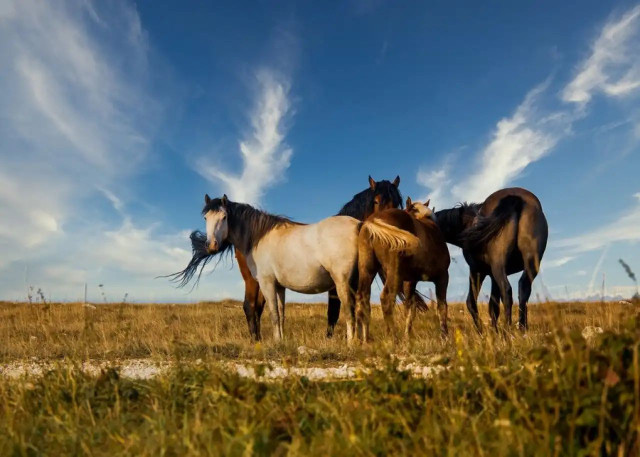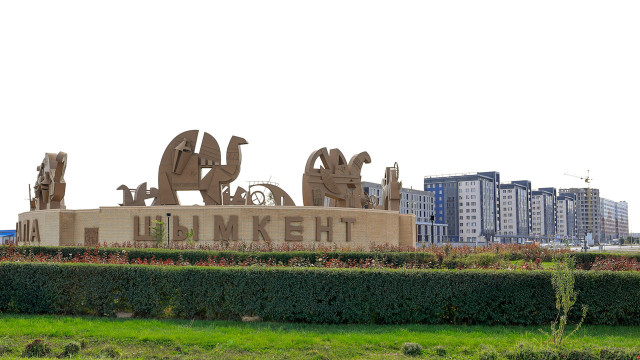
15 out of 17 regions of Kazakhstan are experiencing shortage of grazing lands for livestock. Such a situation is especially acute in the Turkistan, Kyzylorda, Almaty and Atyrau regions. This is due to the rapid growth rate in the livestock population. At the Government’s meeting, Kazakh Minister of Agriculture Yerbol Karashukeyev outlined various measures currently taken to address the issue. In particular, it is the return of unused land plots to state ownership, the minister noted. Thus, over five million hectares of agricultural land were returned last year, and the same amount is expected this year. Also, a number of measures are currently being taken to prevent the degradation of grazing lands, improve the fodder base, and digitize farmland; the latter has been implemented since last year, the minister highlighted. The smart map contains data on the contours, road network, hydrography, and infrastructure facilities. It shall be completed by 2024, Karashukeyev noted. The minister has also reported on a new geo-service providing open data on land plots previously unused or illegally allotted.
“A public interactive map will provide guidance to Kazakh residents for contacting local authorities to obtain land titles. It will also facilitate the timely use of the agricultural lands that have not been used for years and provide citizens with the necessary plots for farming. It is also expected that the introduction of an interactive map will have a significant social impact, and will positively affect the population's assessment of the ongoing work of the government on the return of unused land plots,” Karashukeyev said.
Overall, a positive dynamic in the provision of grazing lands can be observed across the country, the relevant ministry notes. Over the past two years, the shortage has been reduced to almost nine million hectares. As a result, the country’s total grazing area now exceeds 180 million hectares.









